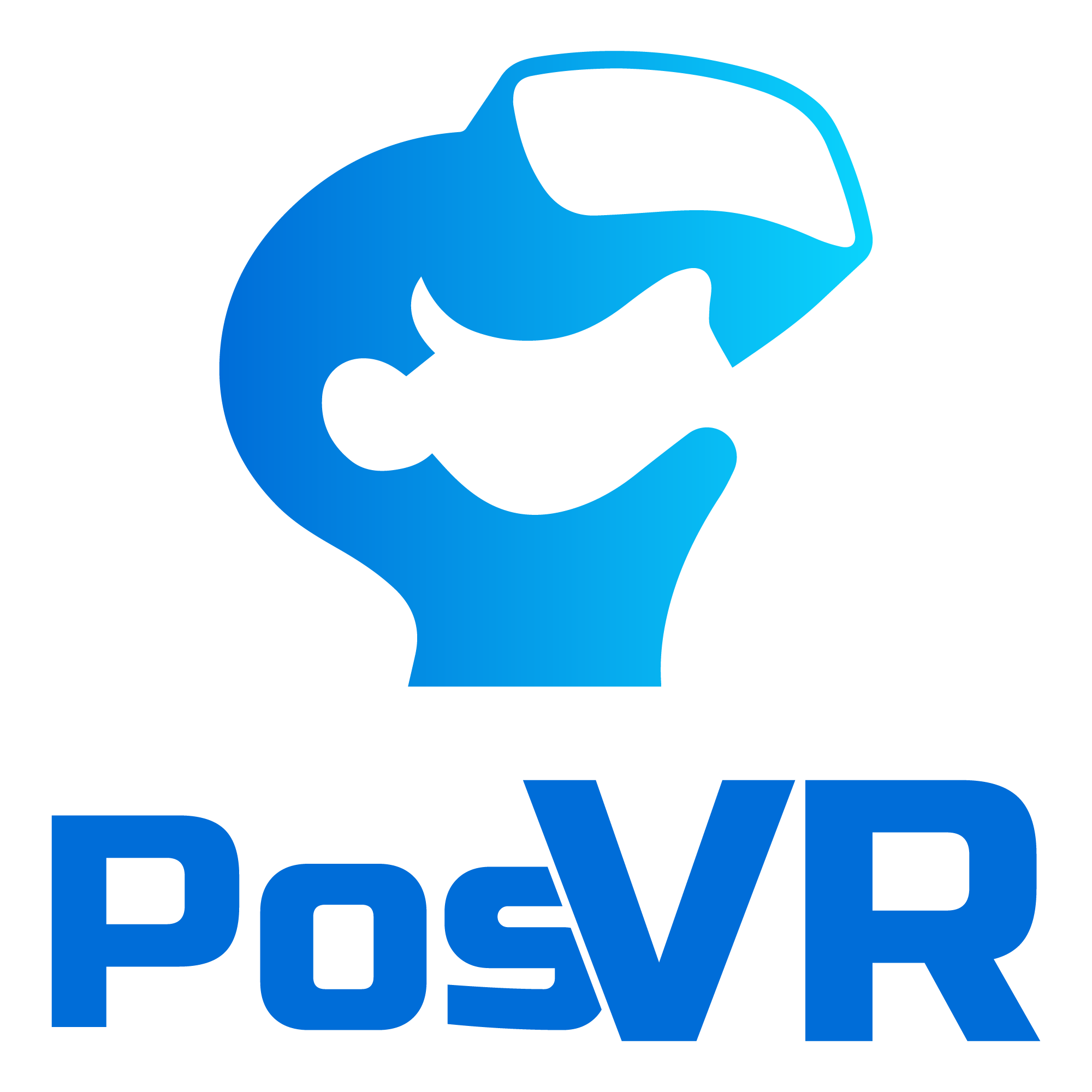Positioning the Spectator in Cinematic Virtual Reality
VR is an interactive and photorealistic audio-visual technology which allows viewers to have the experience of “being there” (presence) by entering into a digital world with the help of a headset. It is widely used as a tool for education, design and promotion in many different fields. Wider availability of headsets in recent years has resulted in a surge of VR films, and VR has emerged as a new cinematic medium. However, cinema studies has lagged behind other disciplines in the development of a comprehensive theory, method and applied knowledge for this new medium. Aiming to gain a deeper understanding of the relationship between VR production and its audiences, this cinema studies research project aims to render the use of VR more effective by developing an applied, methodological and theoretical framework with methodological support from psychology and technical support from computer sciences.
The proposed project will investigate the audio-visual experience VR brings to the audiences in two phases. The first phase of the project entails the production of a VR film to be used for audience research and aims to address the lack of applied knowledge in this field. Practice-based research, a method that has become widespread especially in the humanities and fine arts in the past two decades, will be used to this end. This method not only tests the data obtained in practice but also considers the production phase as part of the knowledge production process. It aims to organize and disseminate the applied knowledge and experience emerging at this stage as a final output. The second phase of the project will be an audience research based on this film, and will examine how the reception experience is shaped by attention mechanisms in VR using quantitative and qualitative methods. This phase will deploy theoretical and methodological frameworks that have emerged from the interaction of cognitive cinema theory with psychology in order to examine the audio-visual possibilities of VR. Quantitative data on the gaze of the viewer will be visualized with heat maps and recorded, while qualitative data comprising of demographic information of the audience and a detailed narrative of their VR experiences will be documented through a survey and structured in-depth interviews, respectively. With three different data sets collected in this way, the applied output obtained in the first stage will be evaluated via triangulation.
Therefore, the proposed project derives its original value from its multi-pronged and comprehensive theoretical, conceptual and methodological structure. The project aims to generate applied and theoretical knowledge about VR practices, employing multidisciplinary theoretical and methodological frameworks and using quantitative and qualitative data. It will make a theoretical contribution to the literature and meet the need for comprehensive knowledge in this field.
The project will take 36 months; the first 18 months will be devoted mainly to practice-based research via the production of the VR film, and the second 18 months to measurement, evaluation and dissemination activities. Cooperation with industry actors in both production and measurement stages aims to strengthen university-industry relations. One of the aims of the project is to train skilled researchers in this field, therefore the project will employ one post-doctoral, two PhD, two MA and two BA researchers. Since academic research on SG is extremely limited, especially in the field of cinema studies, the books, articles and theses to be generated from this project are also of international importance. Each member of the project team has international publications in their respective fields and the team will present this project at the Society for Cognitive Studies of the Moving Image Conference to be held in June 2021.
